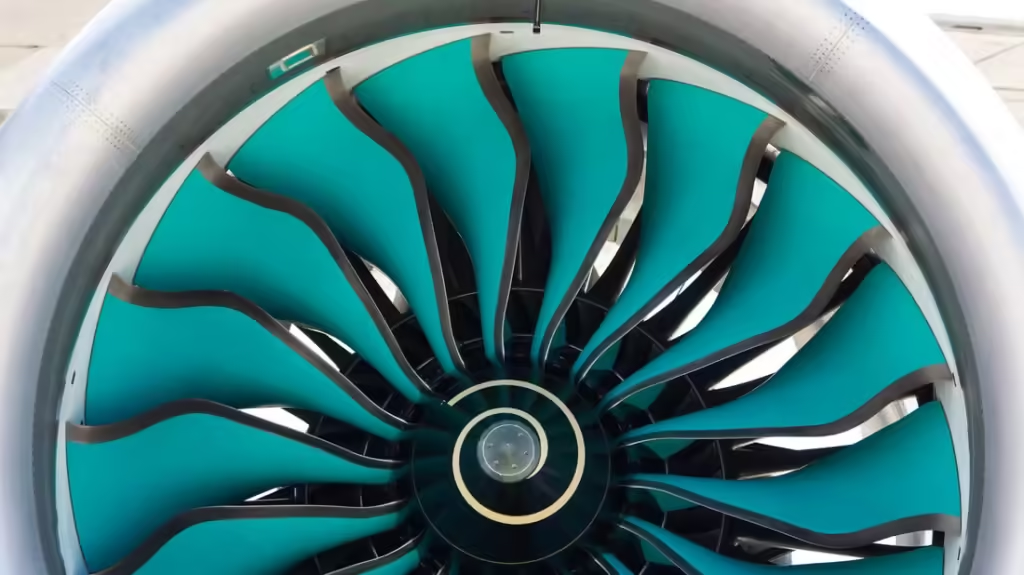
The Science of Aeroplane Engine Sizes and Their Impact on Range
Aircraft engines are the heart of any airplane, dictating not only its speed and thrust but also its range and efficiency. Engine size, thrust output, and fuel efficiency are meticulously designed to match the intended mission of the aircraft. In this blog, we’ll explore how engine sizes on different airplanes impact their range and performance, focusing on three diverse categories of aircraft: commercial airliners, supersonic jets, and long-range reconnaissance planes.
Commercial Airliners: Boeing 777
The Boeing 777 is a modern long-haul airliner designed for efficiency and passenger capacity. It is powered by:
- Engines: General Electric GE90 (largest variant, GE90-115B).
- Size: The GE90-115B has a fan diameter of 11.25 feet (3.43 meters), making it the largest jet engine in the world.
- Thrust: Capable of producing up to 115,300 pounds of thrust.
The GE90’s massive size allows the Boeing 777 to carry hundreds of passengers over distances of up to 8,555 nautical miles (15,843 kilometers). The engine’s high bypass ratio ensures fuel efficiency, which is crucial for long-haul routes.
Supersonic Jets: Concorde
The Concorde, known for its speed, relied on smaller but powerful engines designed for supersonic flight:
- Engines: Rolls-Royce/Snecma Olympus 593.
- Size: The engine diameter was approximately 4 feet (1.22 meters).
- Thrust: Each engine produced 38,050 pounds of thrust with afterburners engaged.
The Concorde’s engines enabled it to cruise at Mach 2.04 (over twice the speed of sound). However, its range was limited to about 3,900 nautical miles (7,250 kilometers) due to its high fuel consumption and lack of fuel-efficient technology.
Long-Range Reconnaissance: Lockheed C-5 Galaxy
The Lockheed C-5 Galaxy is a military transport aircraft designed for long-range missions and heavy cargo loads:
- Engines: General Electric TF39 (on earlier variants) or CF6-80C2 (on upgraded models).
- Size: The CF6-80C2 engine has a fan diameter of about 8.5 feet (2.6 meters).
- Thrust: Produces approximately 50,000 pounds of thrust per engine.
The C-5 Galaxy’s engines allow it to transport massive payloads over distances exceeding 5,500 nautical miles (10,186 kilometers). Its focus on range and capacity highlights the trade-offs in engine design for heavy transport versus speed.
Key Factors Influencing Engine Size and Range
- Thrust vs. Efficiency: Larger engines with high bypass ratios, like those on commercial airliners, are optimized for fuel efficiency, extending the range. Supersonic and military engines often sacrifice efficiency for speed and performance.
- Aircraft Mission: The purpose of the aircraft determines engine design. For example, the Concorde prioritized speed, while the Boeing 777 emphasized long-haul efficiency.
- Fuel Capacity: The range of an aircraft also depends on the size of its fuel tanks and the fuel efficiency of its engines. High-performance engines like those on the Concorde demand more fuel, reducing range compared to subsonic counterparts.
Conclusion
Engine size is a critical factor in the design and performance of an aircraft, directly impacting its range, efficiency, and operational capabilities. From the massive, efficient engines of the Boeing 777 to the compact, high-thrust engines of the Concorde, each design serves a specific purpose. Understanding these differences provides insight into the remarkable engineering that allows airplanes to traverse the globe and beyond.

Leave a Reply